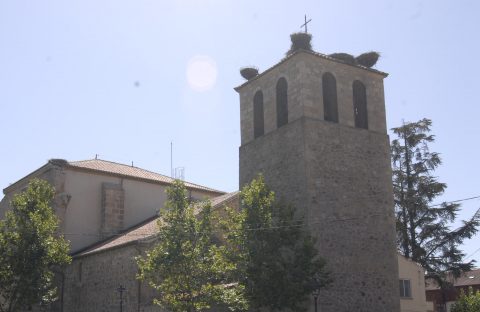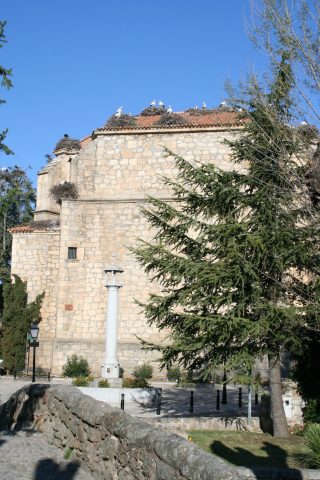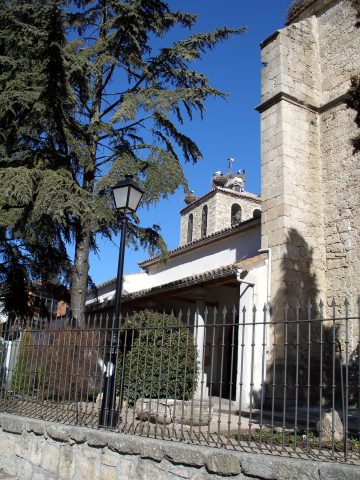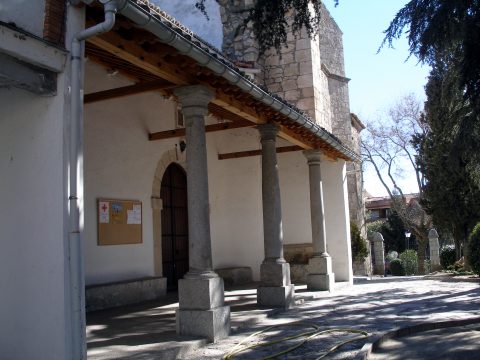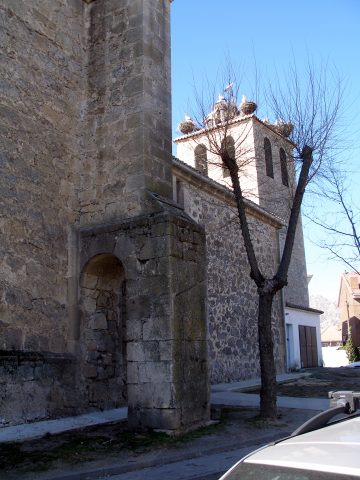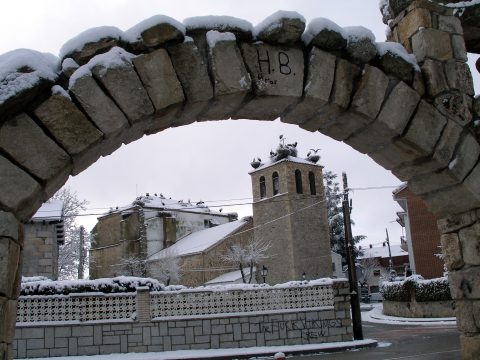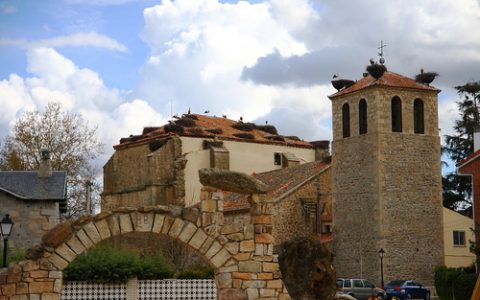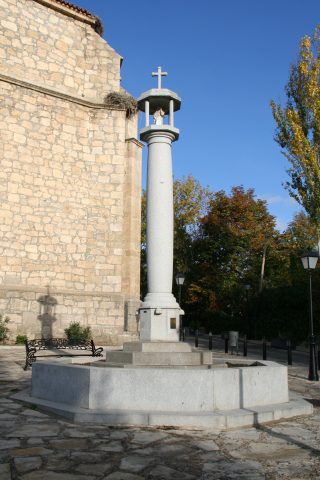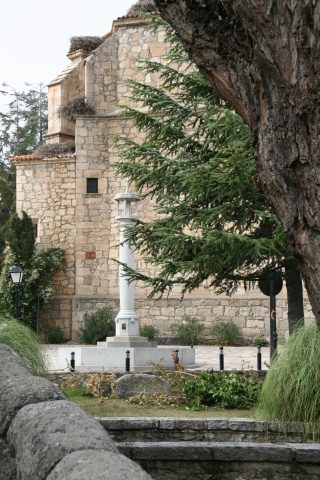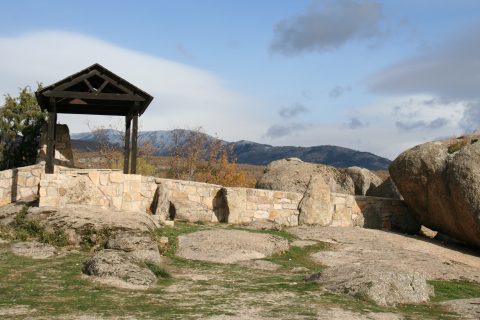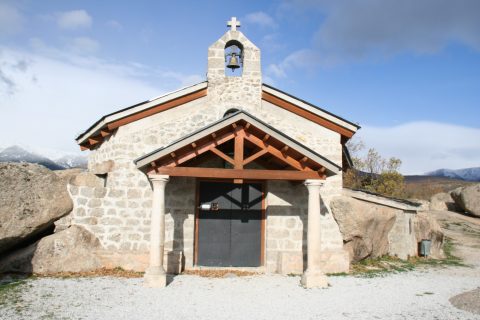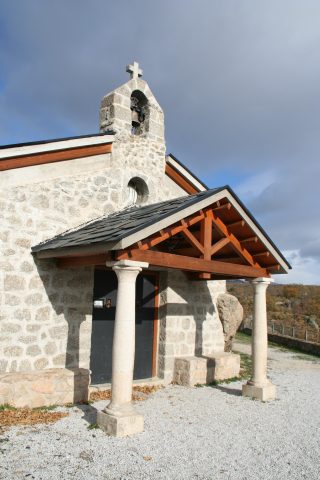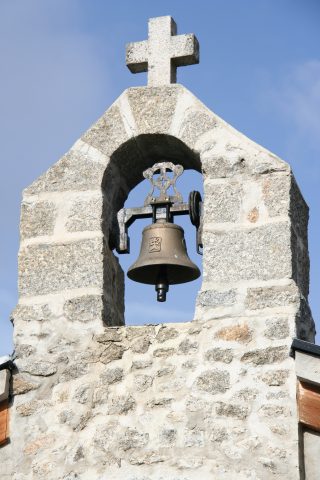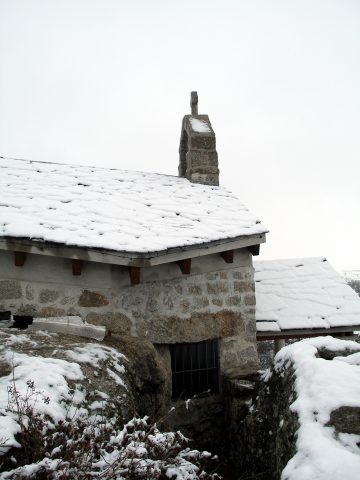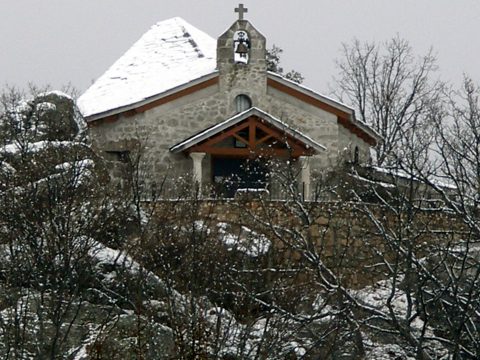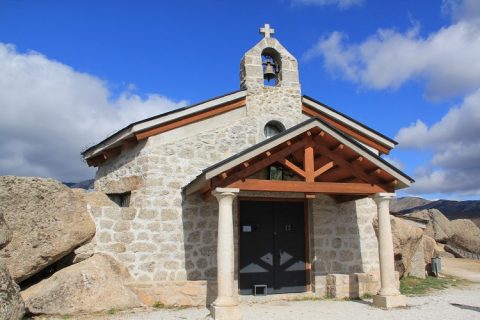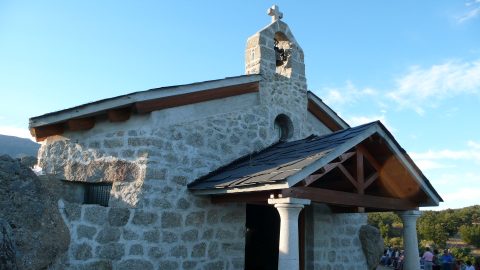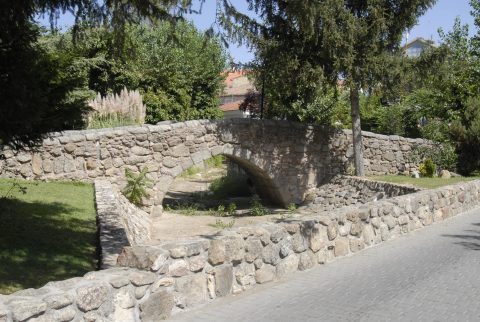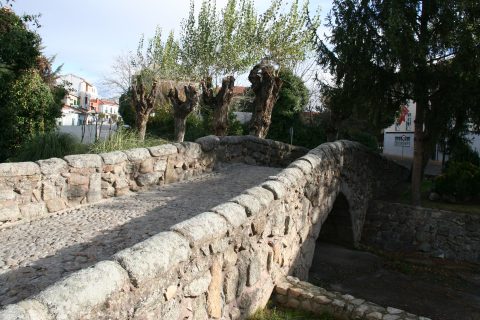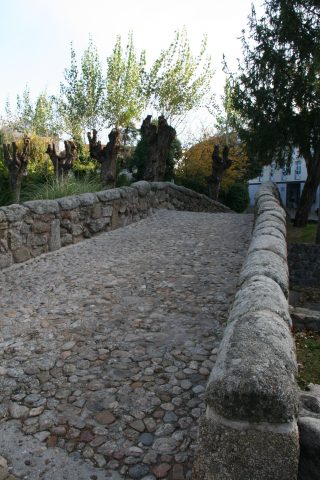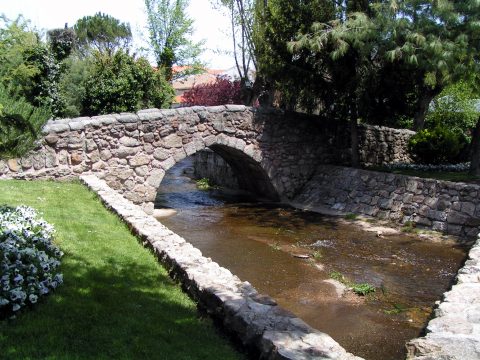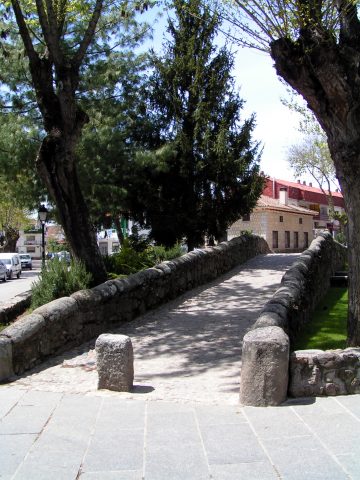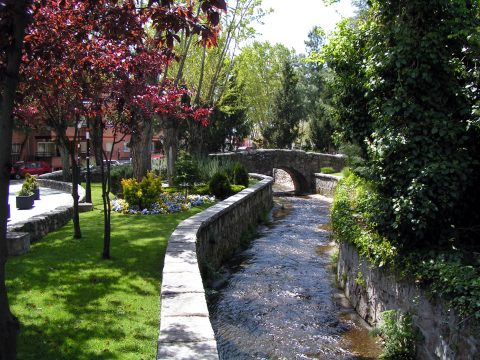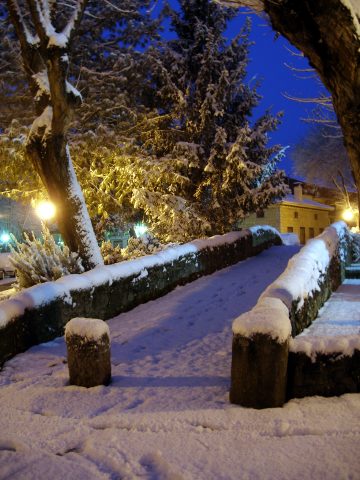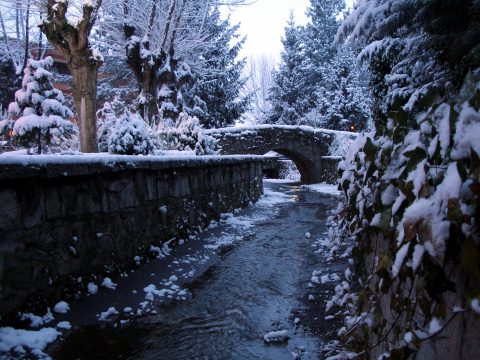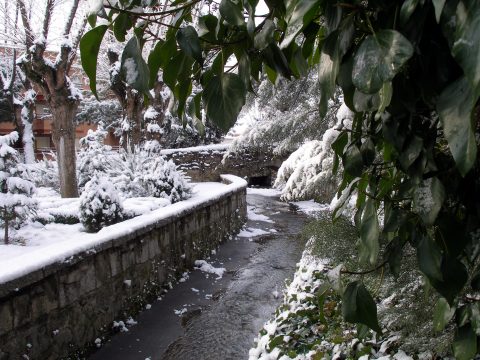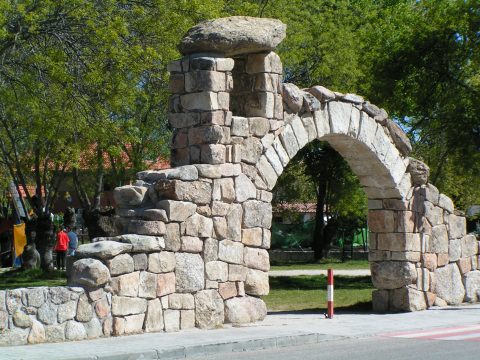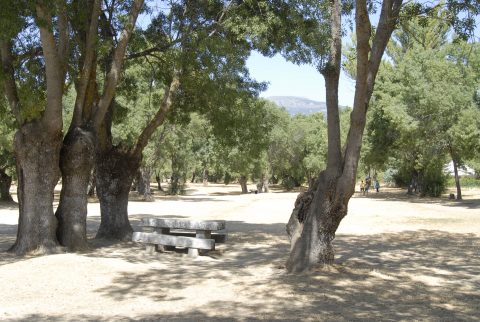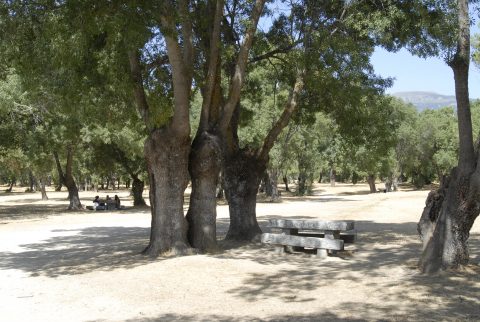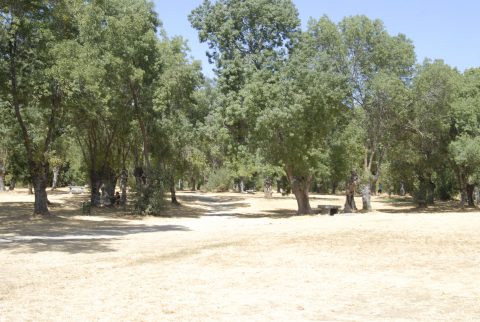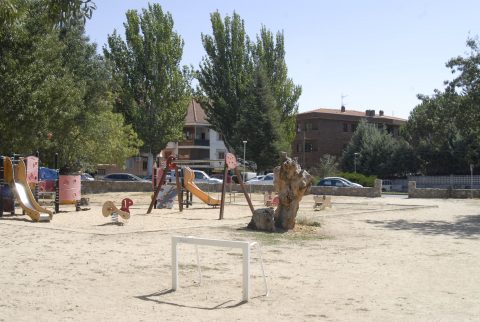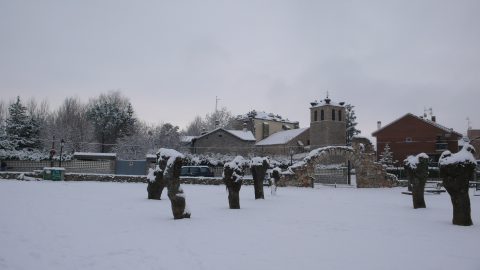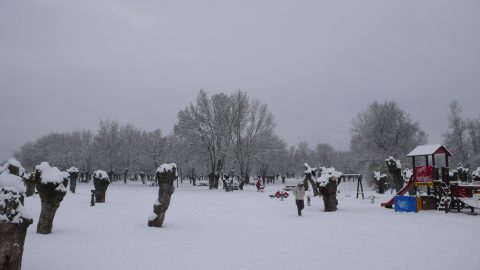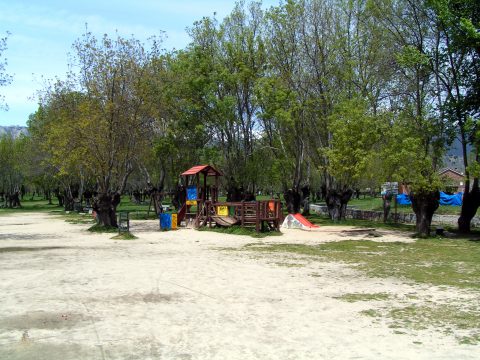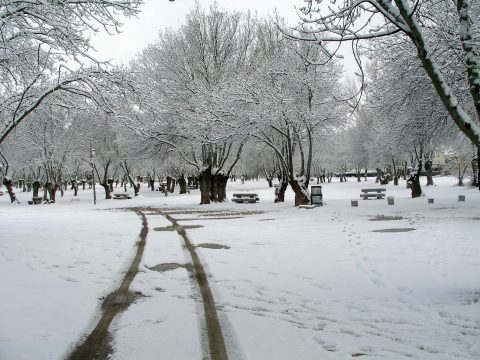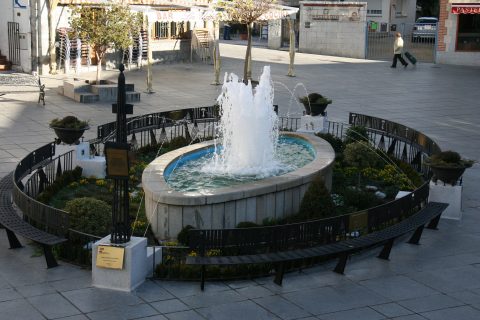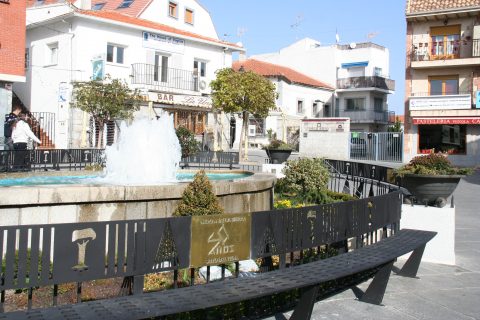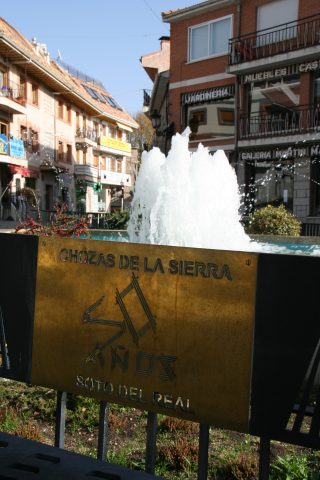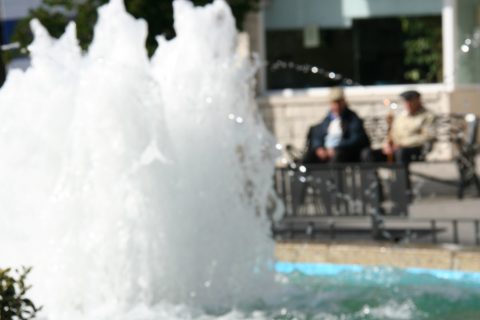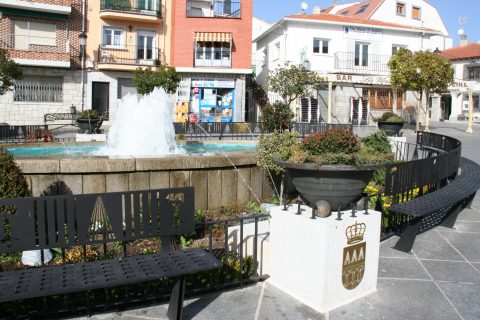Where we come from; our history
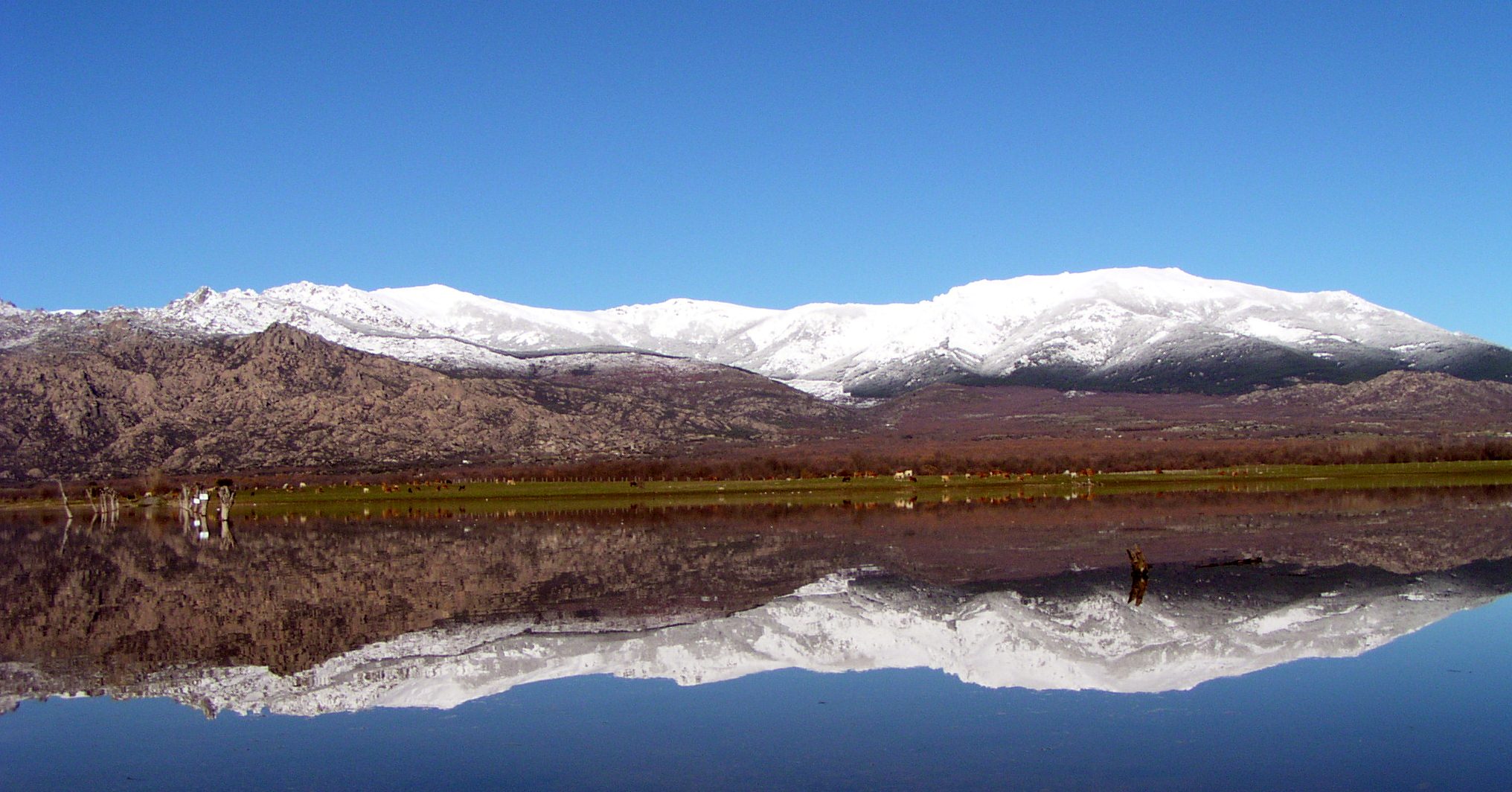
Beginnings
Soto del Real, formerly known as Villa de Chozas, emerged following the Reconquest , when shepherds from Segovia settled here. Evidence, however, has been found of the existence of the village as from the X and XI centuries, such as the remains of houses and ceramics. Legend has it that, long ago, shepherds built huts (chozas)at the foot of the Guadarrama Mountains in what is currently the municipality of Soto del Real in a place known as “Casas Quemadas” (burnt houses).
Colonisation
During the XIII century, a litigation arose between the town councils of Madrid and Segovia over the ownership of the lands lying between the city of Madrid and the mountains, among which were Chozas (Soto del Real), Colmenar Viejo and Porquerizas (Miraflores de la Sierra).
In 1389, King Juan I incorporated Soto del Real into the *Real de Manzanares, thus compensating the Mendoza family for the loss of Torija.
*El Real de Manzanares was the denomination given by King Alfonso X el Sabio in the year 1275, to a territory comprising a part of the north of the present-day province of Madrid, and the south of the province of Segovia, in what was then the Kingdom of Castille of the Iberian Peninsula.
On December 31st, 1568, Felipe II conceded to Chozas de la Sierra an exemption from belonging to the Real de Manzanares, with all the attributes of law enforcement: capital punishment, pillory, prison and stocks”.
By 1596, Chozas constituted a strategic point on the road connecting the towns of Manzanares and Guadalajara.
The current name dates from 1959, when a change of name was subjected to a popular vote. There were three options: Soto del Real, Alameda de la Sierra, or keeping the historical name. both names of the village appear on the current coat of arms. The first part of the present-day name, “Soto”, refers to the numerous trees and groves surrounding the village, and the second, “del Real”, refers to the Real de Manzanares, to which it belonged.
Visit the most emblematic places of our village
PARISH CHURCH OF THE IMMACULATE CONCEPTION
The Parish Church of the Immaculate Conception is located in the old part of the village, next to the medieval bridge where the streets of San Sebastián, Travesía de la Iglesia and Morales meet. The present-day church was possibly built upon an older one, of which only the tower remains, which dates from the XV century. Building of the current baroque-style church started in the XVI century and finished in the XVIII century.
It is built with stone masonry in the naves and the tower and with ashlar masonry in the apse, and ashlar reinforcement in the exterior corners and buttresses. It presents a Latin cross church plan; the central nave is complemented by two lateral naves separated from it by two semicircular arches. The tower was separated from the main body of the church, although it is currently connected by the parish house.
The apse, the upper part of the temple and the transept date from the XVI century, and the central nave, which is lower, was built in the XVIII century.
In the interior, two baroque altarpieces stand out: the the main altarpiece, dating from 1749, carved in unploychromed walnut, and the altarpiece situated in the pulpit of the transept, in gilded and polychromed wood and housing the image of the Virgen del Carmen (Virgin of Carmen).
The altar, carved in limestone, presents a frontispiece decorated with Plateresque motifs from the beginning of the XVI century. Much devotion is paid to the portrait of Saint Luisa de Marillac, the co-founder of the Hijas de la Caridad (daughters of charity).
Moreover, it possesses two baptismal fonts. The older one, from the end of the XV century, presents a hexagonal shape and is situated facing the church entrance. The more modern font, standing upon a stone pedestal, has on its edge an inscription that reads “me fecit año de 1748”.
HERMITAGE OF OUR LADY OF THE ROSARY
It was built in 1954 on an estate known as “Peña Mingazo”, and donated by Mrs. Pilar González, the mother of the former Archbishop of Madrid, Mr. Casimiro Morcillo. The Ermita de la Patrona (Patron Saint’s Hermitage) stands upon a small rocky plateau measuring around 1.000 m2, at a distance of approximately one and a half kilometres from the village. It presents a simple architectural style that easily merges with its geographical surroundings. From the plateau, one can view the whole municipality of Soto del Real.
Fernando Hernán Juez built the hermitage.
In the village festivities in the summer of 1994, the hermitage was re-inaugurated to celebrate the fortieth anniversary of its construction. The hermitage was renovated thanks to the mediation of the Town Council, through the Dept. of the Environment, with a budget of approximately 10,000,000 pesetas (Spain’s currency prior to the Euro).
There is evidence of numerous hermitages that existed within the municipality and that gradually disappeared over time. Thus, during the Modern Age, there existed in the municipality the following hermitages: San Blas, San Bartolomé, San Sebastián, San Miguel, San Pedro and Santa Ana.
MEDIEVAL BRIDGE
Built on the Chozas stream, it joins the town square with the church. It has only one eye with a slightly pointed arch, in the shape of an “ass back”, and is made of high quality masonry composed of local granite stone. Although we do not know at what time it was built, its morphology is typical of the twelfth to fifteenth centuries.
There were other ancient bridges of which we have proof. We know that the Duke of Infantado ordered to build one in the Arroyo del Mediano, above the town, in the fifteenth century. Also since the sixteenth century there was already the Puente de los Borrachos, which saves the waters of the Matarrubias or Alamedilla stream at the height of the old Camino de las Viñas. This bridge still exists although it is of modern manufacture.
RIVER PARK
This park, lying between the town centre and the Cañada Real (drovers’road) presents a high natural value and is the starting point for innumerable excursions in the surroundings of Soto del Real; these can take you along old drovers’ roads or forest roads, leading to places like the Morcuera mountain pass, Cerro San Pedro hill, the Najarra mountain peak or El Endrinal stream.
In the park one can find ancient ash trees, pruned in the “cat head” style in order to increase leaf production for fodder for livestock, because these lands were formerly used as dehesas (pastures with trees) where livestock grazed. The trees are living proof of our livestock-farming past.
This wonderful park is always a venue for our traditional fiestas. On May 15th, the day of San Isidro, the patron saint of livestock breeders and farmers, in the park, bollos preñados (a type of bun with a chorizo sausage inside) and sangría are given out free to residents and visitors. The park also hosts the great fair in honour of the Virgen del Rosario (Virgin of the Rosary), during the first week of august. After five days of celebrations, the festivities come to an end when the Virgin is returned to the Ermita de la Sierra hermitage.
OLD SCHOOLS (current Virgen del Rosario C.E.I.P. – elementary and primary school)
This building complex, opened in 1948, housed a school for boys and another for girls, as well as a house for each of the schoolteachers. There were two of these: the schoolmaster, in charge of teaching the boys, and the schoolmistress, who taught classes to the girls. In 1950 there were 25 pupils in each of the classes.
There is evidence that, since the end of the XVIII century, there was an escuela de primeras letras (school from a former teaching system) in our village. It was located in different places throughout history, among these, in the building connecting the bell tower to the rest of the church and, previously, on the ground floor of the town hall.
Nowadays, these buildings are still used as school facilities, and several generations have been educated in these classrooms.
Some buildings in the Sierra de Guadarrama-Alto Manzanares area, like these schools, still reflect the essence of the mountains, with their walls of granite, a material that is abundant in the area, and which has been long worked by our stonemasons.
PLAZA DE LA VILLA (MAIN SQUARE)
Located in the village centre, the square has a circular shape, containing the Town Hall. The current town hall was built in 1999 on the site of the old one, which dated from 1928 and had two floors. The top floor housed the secretariat, the archive and the board room for plenary meetings, and the ground floor was used for the public school and the courtroom.
Over time, the square has undergone several transformations, both in configuration and in function. Among these changes we can highlight the replacement of the fountain in the centre of the square, which originally had two taps and a large basin, used as a trough for the livestock. Apart from the Town Hall, the square housed the rollo jurisdiccional (courthouse), a corral for livestock and the municipal tavern and bakery, elements that have currently ceased to exist.
Carriages and livestock formerly passed through the square, although it is now a pedestrian area and is pleasant to walk in; at the same time it is also the epicentre of a growing town.
Originally there were some old bullpens in the square, as well as an improvised but beautiful carriage park in which the bullfights were held. Patios, parks and gardens in the vicinity of the square filled with people intent of having five days’ fun and games.
The square currently hosts different shows and celebrations, among these the installation of a stage with music and dancing on the balmy summer nights in our village.
TRADITIONAL HOUSES
In the beginning, Soto del Real was a clearly rural municipality, mainly dedicated to agriculture and livestock farming. At the end of the XIX century and the start of the XX century, elements of urban architecture were introduced, as corresponds to a town presenting a relatively significant degree of growth in the trade and services sectors.
The subsequent urban growth has led to the disappearance of most of the traditional dwellings in the municipality, with the exception of a few houses. The traditional mountain dwellings at the end of the XIX century were usually two-storey buildings presenting an uncomplicated design and simple two- or four-sloped roofs, frequently presenting a symmetrical façade in line with a central axis where the entrance was situated. The walls were made of stone, the balconies railings were made of iron on the first floor; linteled arches were used for the window openings, occasionally decorated with vertical brick courses around the window frames.
Casimiro Morcillo, an illustrious resident
The traditional house facing the square is dedicated to Dr. Casimiro Morcillo, who was born there; he is the municipality’s most historically relevant person.
Dr. Morcillo is known for his longstanding career in the church, where he held important posts until his death in 1971; among these, he was Archbishop of Zaragoza (1955-1964), the first Archbishop of Madrid (1964-1971) and President of the Spanish Episcopal Conference (1969-1971).
